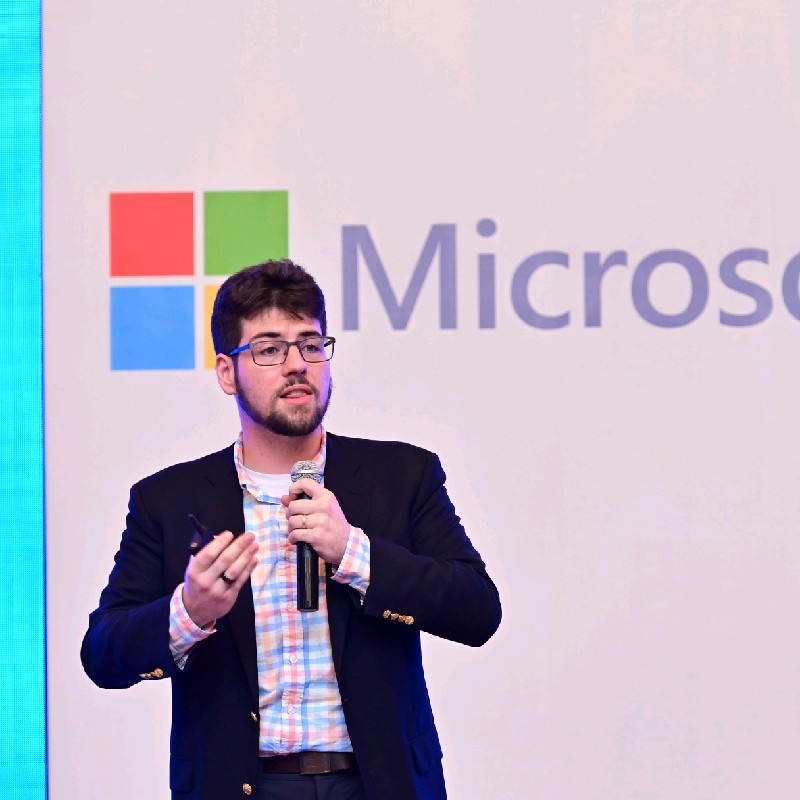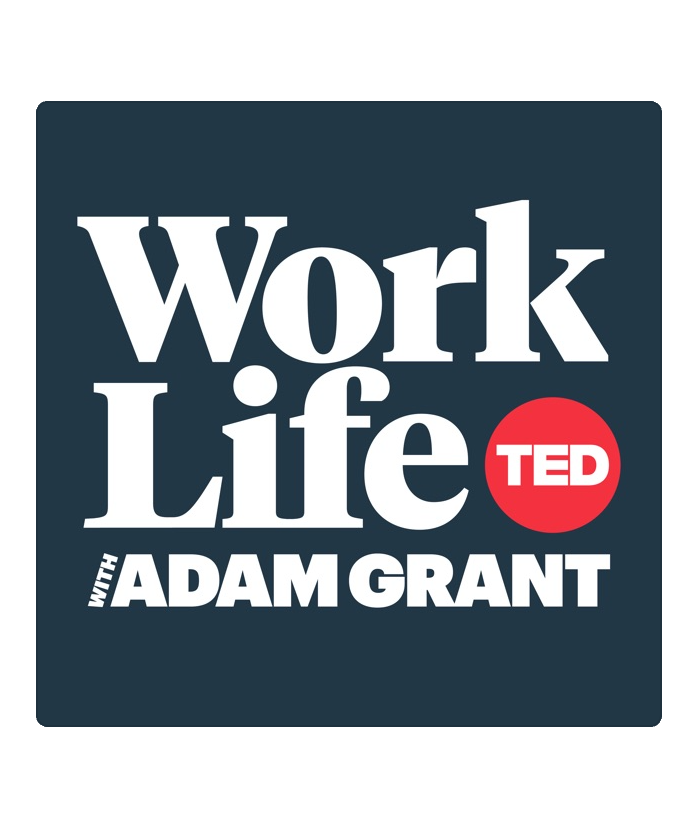The shift to remote work is causing a fresh start for company culture

“This is the way it’s always been done.”
Connor Joyce
“This is the way it’s always been done.” This pervasive statement is at the root of many inefficient processes which have caused hours of extra work. Not only is this platitude prevalent in many offices, it is illustrative of one of the most ingrained human phenomena: we enjoy or find comfort in continuing with the status quo rather than seeking change, and we rely on this default to carry us through many of the trivial decisions of life.
We opt for the status quo all the time in our daily decisions: we continue to frequent a favorite restaurant; we automatically accept the most-used employer health insurance program. Humans commonly stick with what we know, instead of risking an alternative. While the status quo bias is a necessary heuristic and has developed to ensure we devote our bandwidth toward the most pressing issues, it is damaging when the pursuit of continuity results in more loss than the risk of pursuing change. At a minor level, this occurs when one skips visiting a new restaurant—and the potential reward of discovery—to default to the “tried-and-true” option. On a more significant level, think about an individual forgoing an interview for a new, exciting job out of fear of the unknown risks that change might yield.
The status quo bias is not limited to our personal lives. Kodak was once the market leader in cameras, but an ardent state of inertia led it to default toward doubling down on film-based technology, forgoing the digital camera business [BOOK: The Financial Consequences of Behavioural Biases]. This critical error resulted in the destruction of the brand.
In the world of work, status quo bias is most noticeable at the individual and team level. Left unchecked, patterns of behavior continue perpetually without any desire to correct. One such example is afterhours collaboration. Evening emails, chats, and calls are a common cause of stress and complaints among employees and an indicator of lower engagement. Yet people within organizations stay complicit even to the point of burnout, as the cost to shift the norm seems larger than just continuing it.
Working from home is one prime example of the status quo bias preventing change . . . or at least it was. Ever since remote work became possible for knowledge workers, demand for flexibility [Mercer 2018 Global Talent Trends: Prepare for the Future of Work] has increased. Companies that began to offer WFH (work from home) yielded favorable results: more engaged, productive employees and reduced office space costs (to say nothing of the environmental benefits of less commuting). Despite this, before COVID-19, a majority of leaders expected less than 60 percent of their employees to WFH. Notwithstanding the benefits, the desire to not stray from what has been proven guided many companies to limit or prevent WFH opportunities.
The COVID-19 situation has upended all of this. In a matter of a month, all companies that could switch to remote work did. A massive, unintentional experiment ensued, and we will be working to understand the effects for years to come. With no choice to keep things as they were, decision makers are left to either pursue change or try to reestablish something resembling the old status quo. Both require effort, but being proactive allows you to use the circumstantial change to rethink old problems while addressing current challenges, all to create a new, better work environment.

When Status Quo Breakage occurs, leaders are left with two options: embrace the change and build a new normal based on the desires of the modern workforce or attempt to revert to the previous status quo, inviting the opportunity for old problems to come back while creating new ones by ignoring systemic changes which have occurred (increased desire to WFH, new at home caring duties, etc.).
A fresh start
Katy Milkman coined the “fresh start effect,” which describes this period of status quo breakage. Her research suggests that habit formation occurs best during significant temporal moments. These are events such as a birthday or a new job, but it also holds true for the current work environment. Upon announcing the shift to remote work, companies instigated a significant temporal moment (it is doubtful anyone will quickly forget the year 2020). As companies communicate plans to return employees back to the office and any other new work rules, these are opportune periods to create new beginnings spurred by this fresh start effect.
Utilizing the fresh start effect, a change leader can bundle new collaboration behaviors with existing change efforts. Today can be the day to start adoption of new team norms, such as delaying evening emails so they are sent in the morning or protecting focus time by blocking calendars. While past attempts to enact similar changes may have failed, they will likely have greater stickiness when coupled with the new normal that employees face upon returning to the office.
The fresh start effect is especially powerful for those who were struggling before the shift and have the most to gain from the creation of new habits. To illustrate this, think of your favorite sport. The best players are unlikely to personally benefit from a team switch as they have found their status quo. Instead, those who are floundering have more opportunities to find new, beneficial patterns from change caused by a team switch.
While all can grow new habits, leaders should focus first on those groups whose status quo involved negative patterns of communication behaviors, such as frequent late-night emailing and infrequent meetings with managers. Ensuring these people and teams have the guidance to develop new behaviors conducive to increased well-being will enable positive change.
To aid in this, Microsoft Workplace Analytics has generated a collection of metrics that a leader can use to identify both teams showing counterproductive behaviors and those most impacted by recent change or disruption. Then, a change plan can focus first on those who are most in need of new habits and those who are most likely to benefit from a fresh start.
Putting it into practice
To illuminate this path to value, we will walk through the journey of a hypothetical team in the Contoso company. Alita, the team leader, starts by accessing the data offered to her to see the behaviors of her team during the shift to and from remote work. She notices that of her five teams, marketing, operations, and engineering have historical patterns of late-night work. Considering recent disruptions, these late-night hours have skyrocketed, especially for engineering.
She decides that she is going to extract the value which comes from the fresh start her company initiated when it announced the plan to phase back into the new office environment. To do this, she first sends out a communication explaining the importance of the return to the office as an opportunity to change collaboration patterns. She follows up with targeted interventions, such as creating a set of loose standards describing the only times when employees should engage in after-hours work and promoting the use of MyAnalytics among the three teams, which provides employees with a private, personalized view of their work patterns including their focus time, collaboration time, and weekly work hours. Engineering requires the most attention, so she has a separate conversation with the manager where she compares the team’s after hours with other groups and explores ways to decrease them. After all of this is launched, Alita assigns an analyst to track the progress of the change utilizing the metrics that first identified the problem.
Our working world has been upended by the sudden shift to remote work. Now, recovering from the disruption and reimagining what is next will depend in large part on the engagement and experience of your workforce. Companies aiming to be strategic in building the future of work and adapting their work environment innovatively cannot overlook the potential benefit from utilizing the fresh start effect. Simple changes in employees’ work environment lead to new behaviors, which in the aggregate can lead to cultural change. Now is the time to create the kind of new normal in which organizations and employees thrive.





